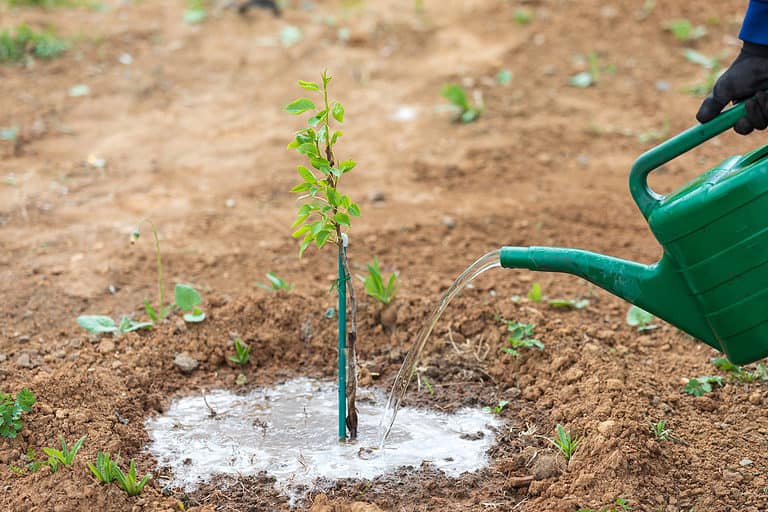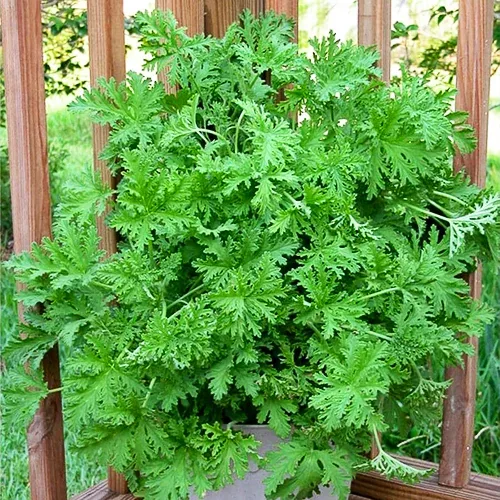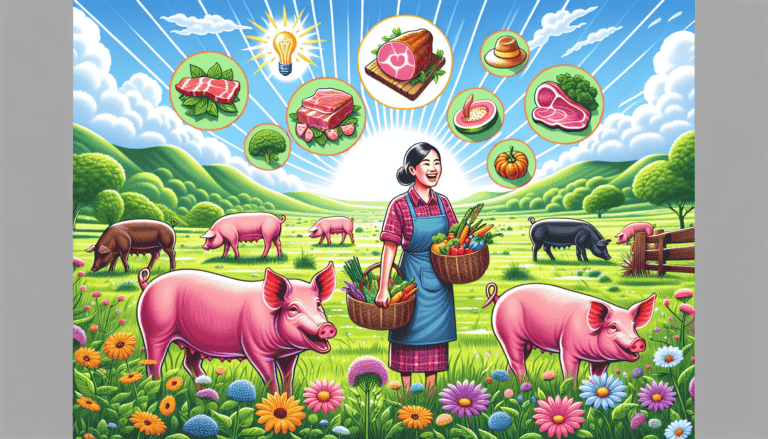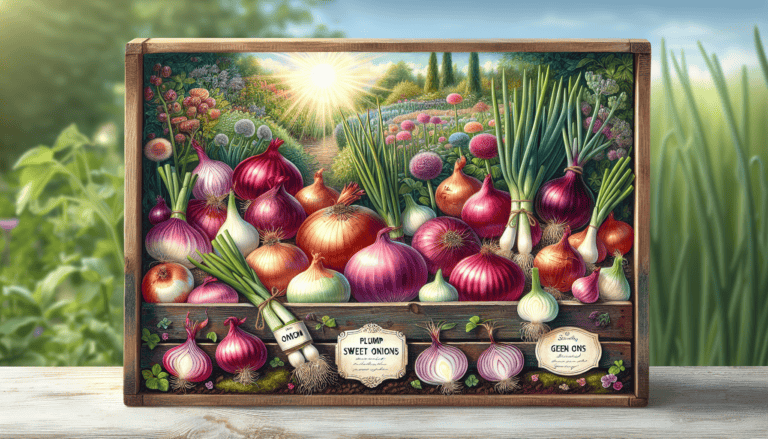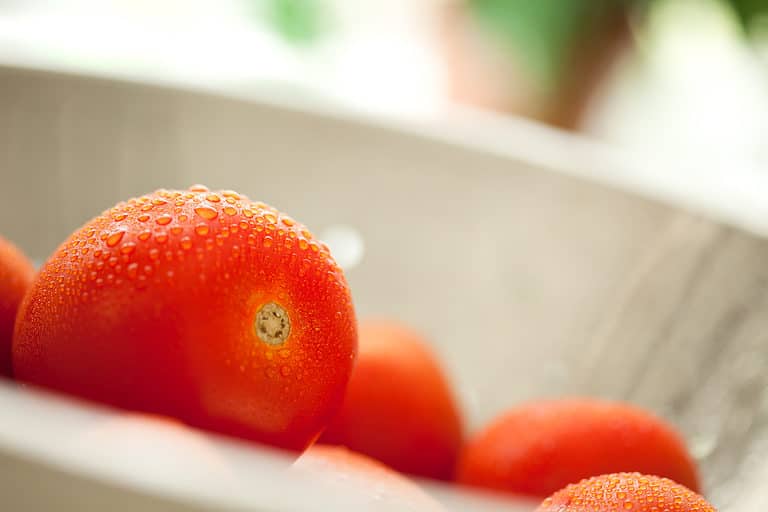Getting Started with Gardening, the Ultimate guide
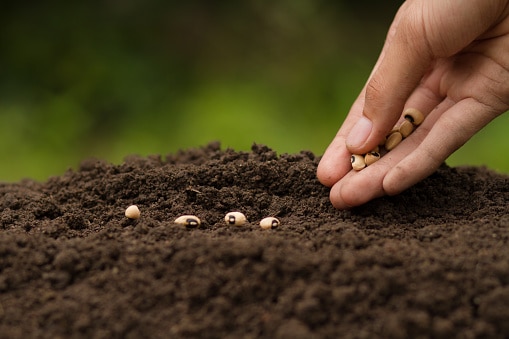
Gardening has a good number of benefits. Its physical benefits cuts across the harvest, reduction of expenses on food crops, and serving as a recreational activity. In health, nutritious crops can be grown, which helps to reduce your consumption of processed foods. Getting started with a new garden is not as complicated as you may think. In this post, we detailed everything you need to know on starting your gardening experience. Whether you are a beginning gardener or looking for a few seasoned gardening tips along the way, keep reading!
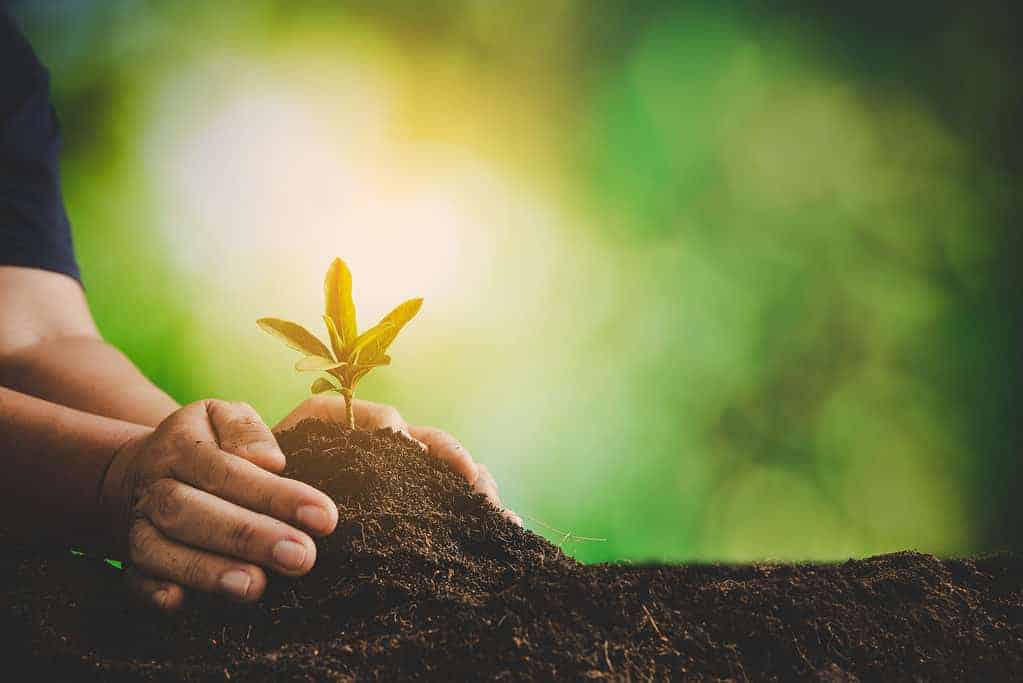
The Benefits of Gardening
Gardening provides a multitude of benefits for both physical and mental health. It creates opportunities for physical activity, which can improve overall health and fitness. In addition to the physical benefits, gardening helps improve mental health and reduce stress. The process of planning, planting, and caring for a garden makes one relax, hence, it is a good therapeutic activity. Learning about gardening was one of the most fulfilling and endless journeys of my life. Feeling the sun on your skin as you work the land is a wonderful feeling.
In addition to the personal benefits of gardening, it also provides fresh and healthy produce for personal consumption. Which in turn, saves you money on grocery bills Gardening improves health by ensuring that you are consuming high-quality, nutrient-rich herbs, fruits and vegetables. Gardening also doubles up as a fun and rewarding hobby. To some people, it is a source of pride and accomplishment to see a garden grow and flourish. Plus, the end result of a harvest and consuming your own produce adds an extra layer of enjoyment.
The Types of Gardening That Can Be Done
There are several types of gardening that you can explore, each with their own unique features and benefits. When thinking about your new garden planning, think through which of these types make the most sense. Start small and build on your success and growing knowledge.
1. Traditional In-ground Gardening:
This involves planting in a designated area of good soil in your yard. This is the most common form of gardening and allows for a wide range of plant options. When growing fruit trees, in-ground is the way to go. However, depending on your zone, you may want to put those citrus trees in container and protect them from the frost.
2. Raised Garden Beds:
Raised Garden Beds allow for a lot more control over your garden and use of space. I personally use raised bed gardens for my vegetable garden. While a raised beds can be a bit more expensive to fill with dirt, the benefits of weed and good soil control may outweigh the cost over a long term. A taller raised bed can also be a back savor.
3. Container Gardening:
This involves using pots, planters, or other containers to grow plants. This is a good option for those with limited space or who do not have access to in-ground soil. Vertical gardening involves using vertical surfaces, such as walls or fences, to grow plants. This is ideal for those with limited horizontal space. Or, want to add some visual interest to their outdoor space.
4. Hydroponic Gardening:
A method that involves growing plants in a nutrient-rich water solution instead of soil. Hydroponic gardening is an intensive form of gardening, but it can also provide faster growth and higher yields.
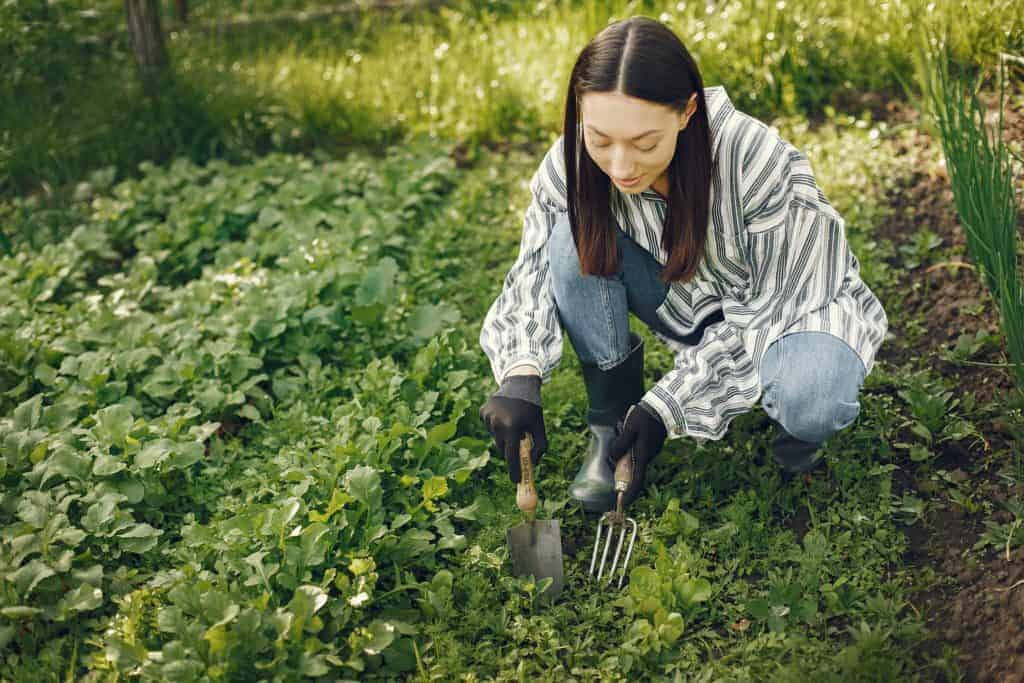
Who Gardening is Suitable For?
Gardening is a hobby that can be enjoyed by people of all ages. It is a fun and educational activity for families to do together. It may serve as a social activity for communities or groups. Gardening when adapted to various physical abilities, with a range of mobility levels, proves to be a worthy hobby.
It is rewarding and fulfilling hobby to those who are retired or have some extra time on their hands. Overall, gardening when done correctly and with interest, can be turned into a fun and exciting hobby.
If you are here you might be wondering how to learn about gardening. One of my favorite quotes is “The best time to plant a tree is 20 years ago, the next best time is now.” It is never too early or too late to learn how to plant a garden. And more to the point, you can never learn enough. Like any hobby or passion, gardening is a lifetime journey. You can add a tomato plan to your balcony and see the fruits of your labor or grow hundreds of tomatoes up vines in a simple 4 x 8 container. There are hundreds of decisions you will make each season as you hone your skills, tastes, and needs. Have patience and enjoy the process.
Factors to Consider When Choosing a Gardening Location
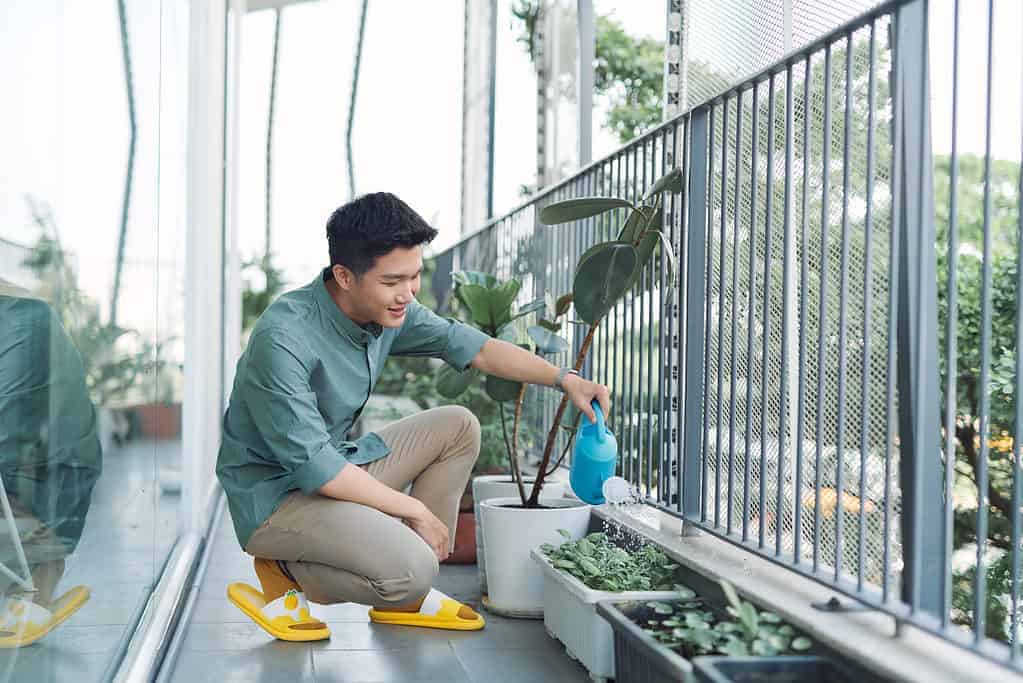
Selecting the Right Spot in Your Yard
When choosing a spot for your garden, there are several factors to consider. One of the very important ones is sunlight. Most plants require a minimum of six hours of sunlight per day. Hence, it is important to select a spot that gets ample sunlight. Also consider the layout of the plants to ensure that taller plants do not block the sunlight for shorter ones.
You should also consider the proximity to a water source, as your garden needs regular watering. It is also important to consider the size and layout of your garden. Ensure you have enough space for the plants you want to grow.
Considerations for Apartment or Balcony Gardening
If you live in an apartment or have a small balcony, you may still be able to enjoy the benefits of gardening. In these situations, container gardening is often the best option. Make sure you have enough sunlight, and consider using grow lights if necessary. It is also important to have easy access to water and to choose containers that are the appropriate size for the plants you want to grow.
The Importance of Sunlight
As mentioned previously, sunlight is essential for the growth of most plants. Different plants have different sunlight requirements, so it is important to consider the specific needs of the plants you want to grow when selecting a gardening location.
Access to Water
In addition to sunlight, plants also require regular watering to thrive. When choosing a gardening location, ensure there is easy access to a water source. You may also have to consider the irrigation needs of your garden. If you are unable to easily access water, you may need to consider installing a watering system or manually carrying water to your garden.
Choosing the Right Soil Quality
The quality of the soil in your chosen gardening location will also be an important factor to consider. Soil that is too sandy or too clay-like can be difficult for plants to grow in, so it may be necessary to improve the soil quality before planting.
Elevation and Slope Considerations
If you live in an area with a lot of slope, it may be challenging to find a flat spot for your garden. In these cases, you may need to create a raised bed or terraced garden to accommodate the slope. It is also important to consider the elevation of your gardening location, as this can affect the temperature and moisture levels of the soil.
Accessibility of the Garden
Consider the accessibility of your chosen gardening location. You will need to be able to easily reach your garden to plant, water, and care for it. So, make sure it is in the right location that is convenient for you to access.
Aesthetics
While not necessarily a crucial factor, it is nice to choose a spot for your garden that is visually appealing. This can add to the enjoyment of gardening and create a pleasant outdoor space.
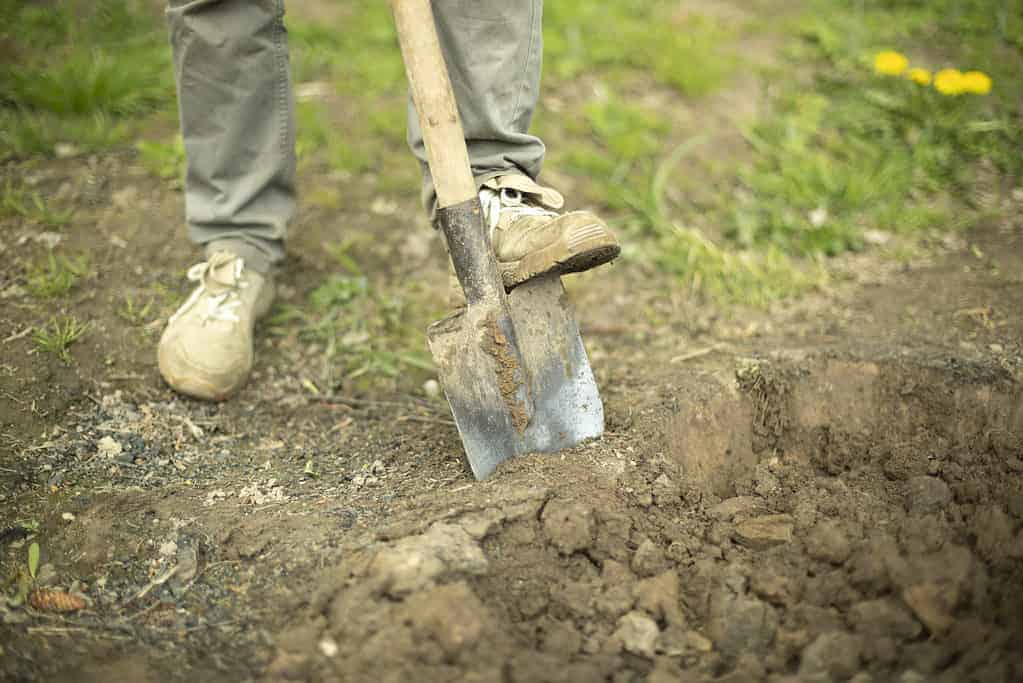
Preparing the Soil For Gardening
Know the Soil Quality
The quality of the soil in your garden has a major impact on the success of your plants. Soil that is too sandy or too clay-like can be difficult for plants to grow in. Also, soil that is lacking in nutrients can lead to stunted or unhealthy plant growth.
Types of Soil
Its not just dirt, soil is a science in gardening and you will find numerous resources on it. Potting soil is different than in-ground is different than raised beds. The materials used to make different types of soil tend to be some combination of clay, sand, and organic material.
Testing Your Soil
Before you start planting, it is a good idea to test the quality of your soil. This can help you determine if you need to make any improvements before planting. There are several ways to test soil. One common method is by purchasing a soil testing kit or sending a sample to a soil testing laboratory.
Drainage
A garden design that has poor drainage will just as easily harm, stunt, or kill your plants as much as lack of water. Proper drip irrigation can help as well as good organic mulch can provide for a well drained environment.
Improving the Soil Quality
If the quality of your soil is not up to par, there are several things you can do to improve it. Adding compost or well-rotted manure can help to improve the nutrient content and structure of the soil. If your soil is too sandy or too clay-like, you can add organic matter, such as compost or peat moss, to improve its structure. You may also need to add specific plant nutrients, such as phosphorous or potassium, depending on the results of your soil test.
Don’t Forget the Mulch
Mulch helps control water evaporation and prevent diseases. You can use straw, shredded leaves, grass clippings from your lawn, or any other mulching material to protect your vegetable garden. It helps to reduce weeds in your beds. He can help protect plants from the too much sun. It will break down into compost to feed your garden. Do not forget the importance of organic mulch, and get it around those plants early.
Choosing and Purchasing Plants to Cultivate
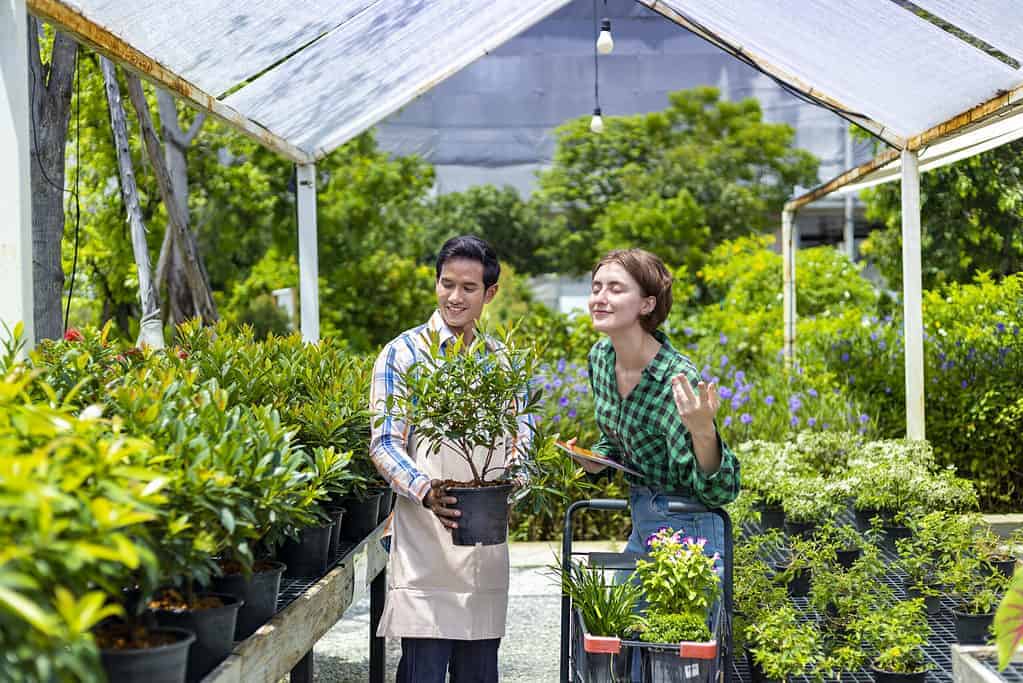
Determining the Right Plants for Your Location and Growing Season
Choosing the best plants for your garden is an important step to ensure their success. It is important to consider the specific conditions of your gardening location. This includes the amount of sunlight and shade, the type of soil, and the amount of space you have available.
Start by understanding what plant hardiness zone you are in. This will guide you on planting dates, frost dates, and harvest dates. By the way, summer is not the only growing season. Fall and even winter should be considered in your garden planning.
Different plants have different requirements, so choose suitable plants for the conditions in your garden. For example, if you have a sunny spot with well-draining soil, you may be able to grow sun loving plants such as tomatoes, peppers, and squash. On the other hand, if you have a shaded location with damp soil, you is suitable to grow ferns, hostas, and impatiens.
Where to Purchase Plants For Your Fruit and Vegetable Garden
There are several options for purchasing plants, including local nurseries, gardening centers, and online retailers. You can visit a local nursery and speak with the staff about the specific needs of your garden and get recommendations for plants. Depending on the planting dates of your zone, your local nursery will offer specific plants for your area.
WARNING: Many nurseries will set out plants at the earliest possible dates. This may draw you into getting a head start Be careful of that last frost date. It can be 60 degrees outside for weeks, but it only takes one nasty freezing night to destroy all your hard work and money.
They can also provide information on the care requirements of specific plants. And even help you choose suitable plants for your location. Online retailers are convenient options to buy from, but it is important to do your research and choose a reputable seller.
Planting From Seed vs. Seedlings
Another decision you will need to make is whether to plant from seeds or seedlings. Planting from seeds can be more economical and allow for a wider variety of plant options. You can purchase seeds in bulk, to save money in the long run. Online companies selling individual seed packets can offer a large variety to keep you interested for years to come. However, planting from seeds is more time-consuming and have a lower success rate.
Seedlings, on the other hand, are young plants that have already been started are planted directly in the ground. While they are more expensive, they are a more reliable option and produce fruit or flowers faster. Seedlings are the options for you if you are short on time or are not experienced at starting seeds.
Planting and Caring for Your Garden
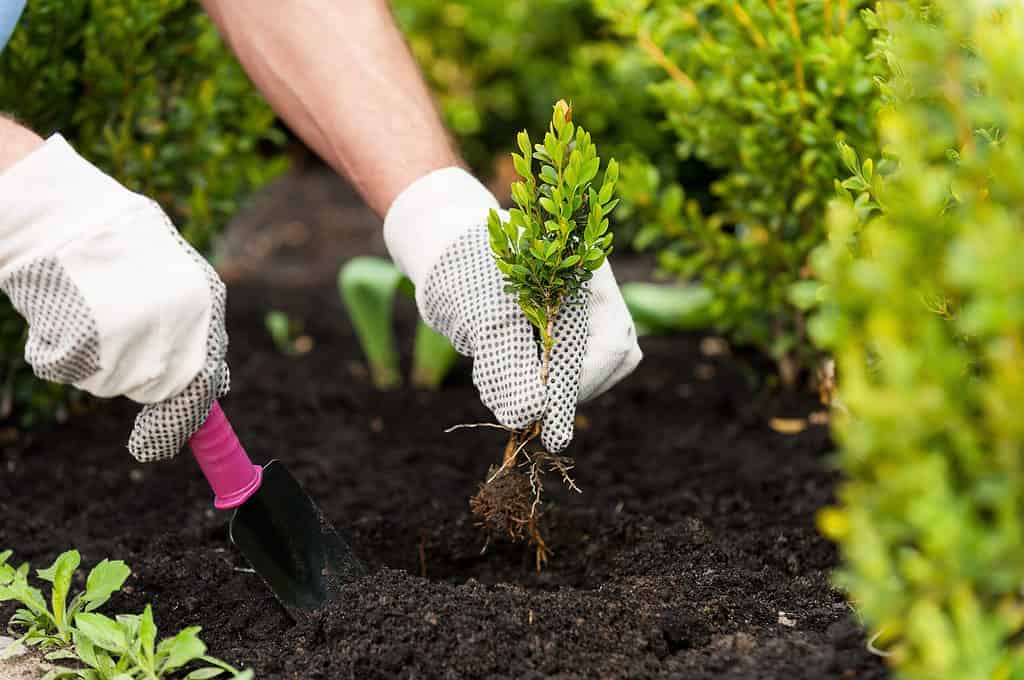
The Proper Way to Plant
Proper planting techniques are important for the success of your garden. When planting seeds, follow the specific instructions on the seed packet for depth and spacing. For seedlings or mature plants, make sure to dig a hole that is large enough to accommodate the root system and gently loosen the roots before planting. Firmly press down the soil around the plant to remove any air pockets and water thoroughly after planting.
Watering and Fertilizing
Proper watering and fertilizing are essential for the health of your garden. Make sure to water your plants regularly, providing enough moisture to reach the root zone. Avoid over-watering, as this can lead to waterlogged soil and root rot. Use an appropriate fertilizer that is appropriate for the plants you are growing, following the instructions on the package.
Controlling Pests and Diseases
Pests and diseases can be a common problem in gardens. To prevent or control these issues, practice good garden hygiene by regularly removing any dead or diseased plants and using organic mulch to help prevent weeds. There are several natural and chemical methods you can use to control pests or diseases.
Pruning and Grooming
Regular pruning and grooming can help to promote healthy growth in your garden. Remove any dead or damaged branches, and trim back any overgrown plants. This can help to improve the overall appearance of your garden and encourage new growth.
Harvesting and Preserving your Bounty
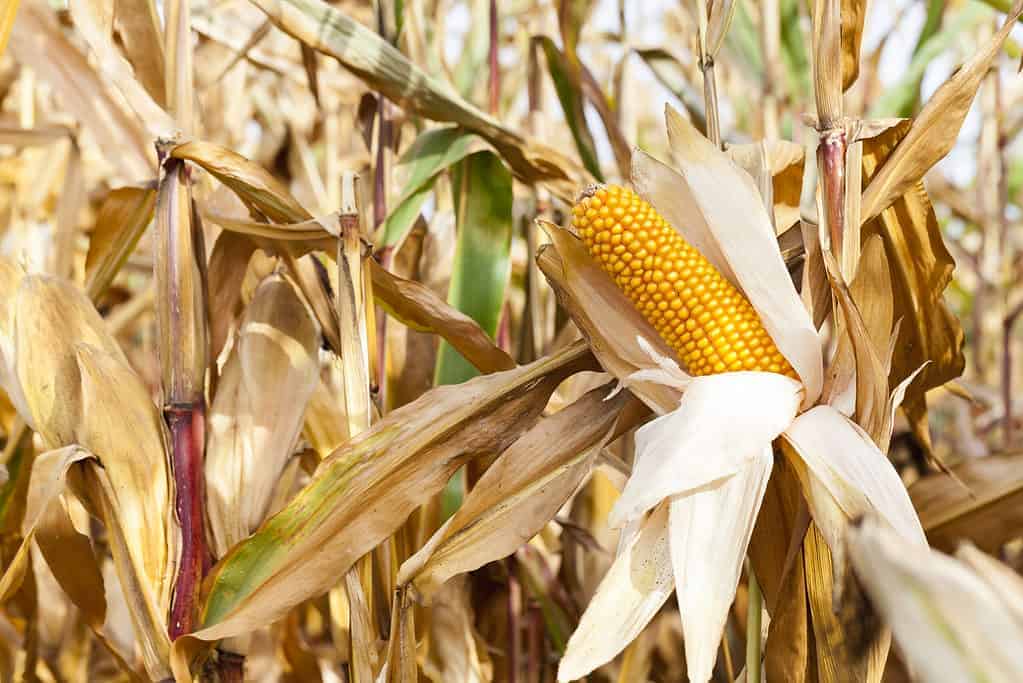
When to Harvest
Knowing when to harvest your produce is an important aspect of gardening. Different plants have different harvesting times, so it is important to research the specific needs of the plants you are growing. Some plants, such as tomatoes and peppers, are commonly harvested when they are fully ripe and has the best flavor at this point. Others, such as lettuce and spinach, are best harvested when they are young and tender and will be more delicate in flavor.
Regularly checking your plants and knowing the signs of ripeness can help you to get the most out of your garden. These signs can include the appearance of the fruit or vegetable, changes in color, or the plant beginning to produce seeds.
Storing and Preserving Produce
Once you have harvested your produce, it is important to store and preserve your fruits and vegetables properly to extend its shelf life. Some produce, such as tomatoes and melons, are best stored at room temperature. Others, such as leafy greens, require preservation in the refrigerator to prevent spoilage.
Proper storage can also help to maintain the flavor and texture of your produce. In addition to storing produce, there are also several methods for preserving it, such as canning, freezing, or dehydrating. These methods can help to extend the shelf life of your harvest and allow you to enjoy it long after the growing season has ended.
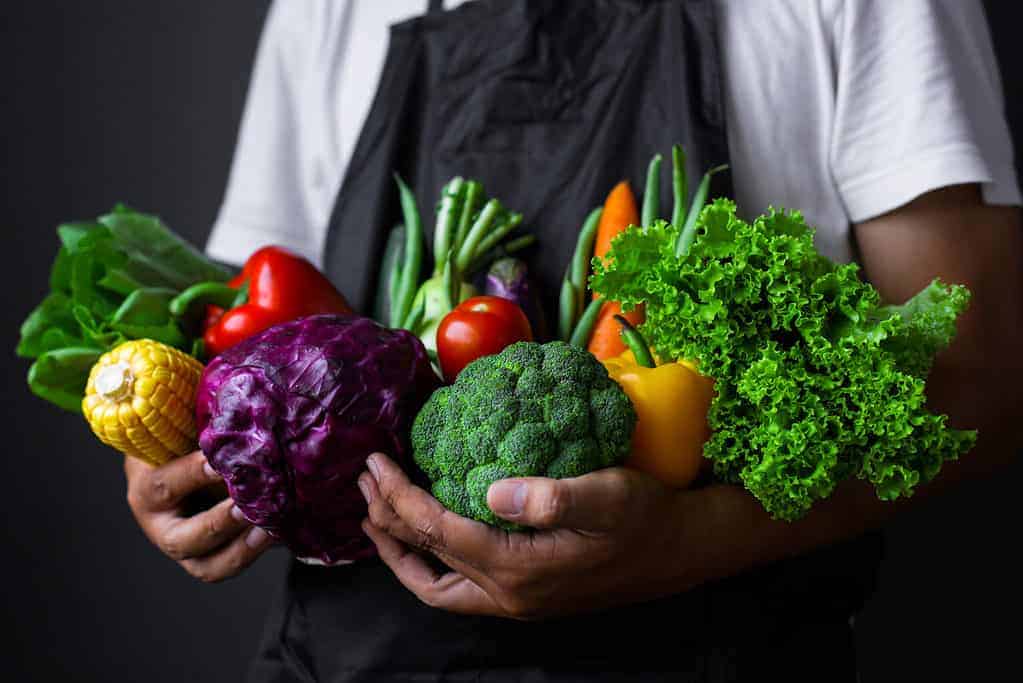
Enjoying your Harvest
Of course, the best part of gardening is being able to enjoy the fruits (or vegetables) of your labor. There are many ways to incorporate your freshly-grown produce into your meals, such as using it in making drinks and squashes, salads, soups, or simple side dish.
You can also share your bounty with friends and family, or consider donating excess produce to a local food bank. The sense of accomplishment and pride that comes from growing your own produce is truly rewarding experience.
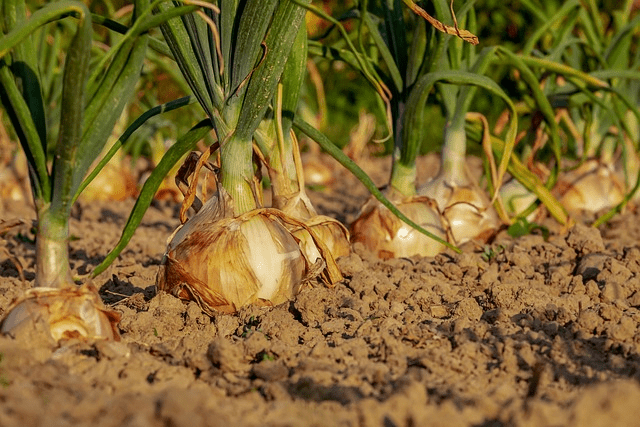
10 Key Gardening Tips When First Getting Started with Gardening
Recap of the steps to get started with gardening
We covered the steps to get started with gardening, including choosing a gardening location, preparing the soil, selecting and purchasing plants, planting and caring for your garden, and harvesting and preserving your bounty. These tips are essential to creating a successful and enjoyable gardening experience.
1. Choose a gardening location that gets plenty of sunlight and has good access to water:
When selecting a gardening location, consider the amount of sunlight that the area receives. Most plants require a minimum of 6 hours of sunlight per day to thrive. A tips is to look south. While you could have an open area, if you have a lot of trees just south of the garden this will affect it during the spring and fall times. It is also important to consider the proximity to a water source, as plants will need regular watering to survive.
2. Test and improve the quality of your soil before planting:
The quality of the soil in your garden will have a major impact on the success of your plants. Soil that is too sandy or too clay-like can be difficult for plants to grow in, and soil that is lacking in nutrients can lead to stunted or unhealthy plant growth.
To ensure the best possible growing conditions, it is a good idea to test the quality of your soil and make any necessary improvements. This can be done by purchasing a soil testing kit or sending a sample to a soil testing laboratory.
Depending on the results of the soil test, you may need to add organic matter, such as compost or peat moss, to improve the structure of the soil, or add specific nutrients, such as phosphorous or potassium, to improve the nutrient content.
3. Select plants that are well-suited to the conditions in your garden:
It is important to choose plants that are well-suited to specific conditions when getting started with gardening. These include the amount of sunlight and shade, the type of soil, and the amount of space available. Different plants have different requirements, so choose plants that are well-suited to the conditions in your garden to ensure their success.
For instance, if you have a sunny location with well-draining soil, you can grow tomatoes, peppers, and squash. On the other hand, if you have a shaded location with damp soil, you may be better suited to growing ferns, hostas, and impatiens.
Key vegetables for beginners to start with are as follows. They are easy to grow and tolerate a lot of mistakes.
Tomatoes
Peppers
Cucumbers
Potatoes
4. Follow proper planting techniques to give your plants the best chance of success:
This includes digging a hole that is large enough to accommodate the root system, gently loosening the roots before planting, and firmly pressing down the soil around the plant to remove any air pockets.
5. Water and fertilize your plants regularly:
Make sure to provide enough moisture to reach the root zone, but avoid over-watering, as this can lead to waterlogged soil and root rot. Use a fertilizer that is appropriate for the plants you are growing and follow the instructions on the package.
6. Control pests and diseases to keep your garden healthy:
Practice good garden hygiene by regularly removing any dead or diseased plants and using mulch to help prevent weeds. If you do encounter pests or diseases, there are several natural and chemical methods you can use to control them.
7. Prune and groom your plants to encourage healthy growth:
Remove any dead or damaged branches, and trim back any overgrown plants. This can help to improve the overall appearance of your garden and encourage new growth.
8. Harvest your produce at the proper time for the best flavor and quality:
Different plants have different harvesting times, so it is important to research the specific needs of the plants you are growing. Regularly check your plants and know the signs of ripeness to ensure that you are getting the most out of your garden.
9. Store and preserve your produce properly to extend its shelf life:
Some produce can be stored at room temperature, while others should be stored in the refrigerator. There are also several methods for preserving produce, such as canning, freezing, or dehydrating, which can allow you to enjoy your bounty long after the growing season has ended.
10. Enjoy your bounty and share it with others
The sense of accomplishment and pride that comes from growing your own produce in a vegetable garden can be a truly rewarding experience. Consider incorporating your freshly-grown produce into your meals or sharing it with friends and family. You can also consider donating excess crops to a local food bank.
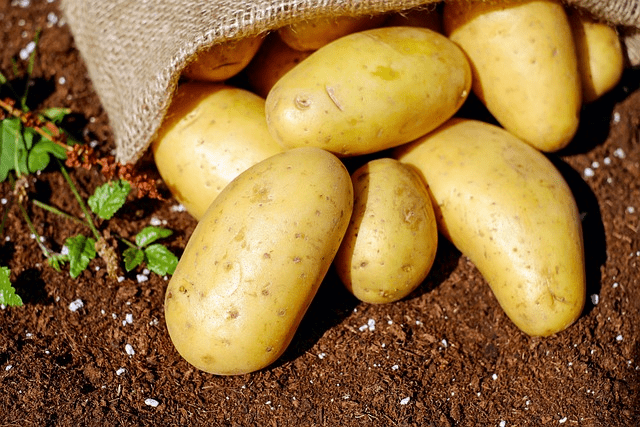
Conclusion – Encouragement to start your own garden
A vegetable garden, a fruit orchard, or flower garden can be a rewarding and enjoyable hobby that provides many benefits for both physical and mental health. We hope that this white paper has given you the information and inspiration you need to start your own garden. Even if you have limited space or are new to gardening, there are options available, such as container gardening or vertical gardening, that can allow you to enjoy the benefits of gardening.

